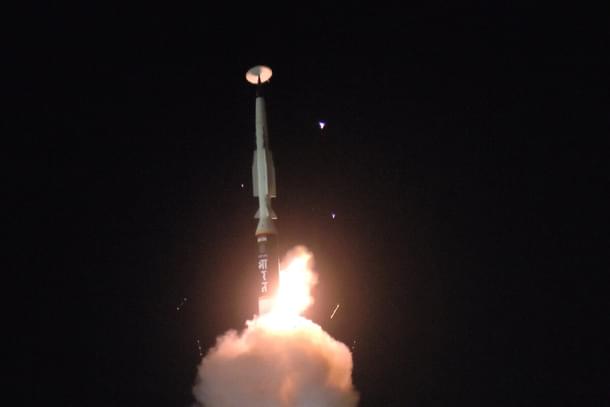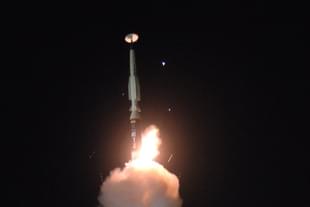News Brief
India’s Next-Gen Arsenal: Hypersonic Weapons, Stealth Jet, High-Energy Laser Systems, Air Superiority Missiles And More In DRDO Pipeline
Swarajya Staff
Jun 20, 2025, 10:03 AM | Updated 10:03 AM IST
Save & read from anywhere!
Bookmark stories for easy access on any device or the Swarajya app.


India’s premier defence research agency, the Defence Research and Development Organisation (DRDO), is working on a suite of next-generation weapon systems spanning hypersonic missiles, directed energy weapons, and enhanced strike capabilities across air and ground domains.
In an interview with NDTV, DRDO chief Dr Samir V Kamat outlined the advanced defence technologies under development in the country.
A key highlight is the development of the BrahMos-NG (Next Generation) air-launched cruise missile — a lighter, smaller variant of the existing supersonic BrahMos missile.
“We are increasing the range of the BrahMos missile. We are also looking at making it smaller so it can be mounted on all our air platforms,” Kamat was quoted as saying by NDTV.
While the current air version is limited to deployment on the Su-30MKI fighter jet, the NG version is being designed for integration across multiple aircraft types, expanding tactical flexibility.
Alongside this, DRDO is advancing two hypersonic missile systems.
The Hypersonic Glide Vehicle (HGV) has completed a development trial and is expected to be inducted after completing all development trials in 2–3 years, according to Kamat.
Additionally, the agency has proven scramjet propulsion for over 1,000 seconds — a key milestone toward building a Hypersonic Cruise Missile, which could be ready in 5–7 years pending government approval for the programme, the DRDO chief revealed.
For air combat superiority, DRDO is developing extended-range air-to-air missiles, namely Astra Mk-2 and Mk-3, while the Indian Armed Forces' air-to-ground strike capability is being expanded through the Rudram-2, -3, and -4 series.
In the emerging arena of directed energy weapons, DRDO is also working on both high-energy laser systems and high-power microwave weapons to counter drones and soft targets.
“We are working on a directed energy weapon for anti-drones. This will be based on both lasers and high-power microwaves,” Kamat said.
For India’s air defence architecture, the KUSHA program is under development, aimed at deploying long-range surface-to-air missile systems to protect key assets and infrastructure.
On the aviation front, India’s indigenous fifth-generation stealth fighter jet, the Advanced Medium Combat Aircraft (AMCA), is progressing with a new execution model.
Unlike previous projects handled entirely by HAL, AMCA will involve a strategic partnership model, potentially including private sector participation or a joint venture between HAL and private entities, with an expression of interest (EOI) released by the Aeronautical Development Agency (ADA) earlier this week.
Ground forces are also part of the modernisation effort.
The Zorawar light tank, tailored for high-altitude deployment in Ladakh and Sikkim, has completed development trials and will soon enter user testing.
Further, summing up the shift in DRDO's design philosophy after India's Operation Sindoor, Kamat noted, “It is very clear to us now that all our weapon systems have to work in an electronically denied environment... We have to develop fully autonomous weapon systems, which can work in any electronically denied environment."
Also Read: Trump To Decide On Possible Iran Military Strike Within Two Weeks, Says White House





